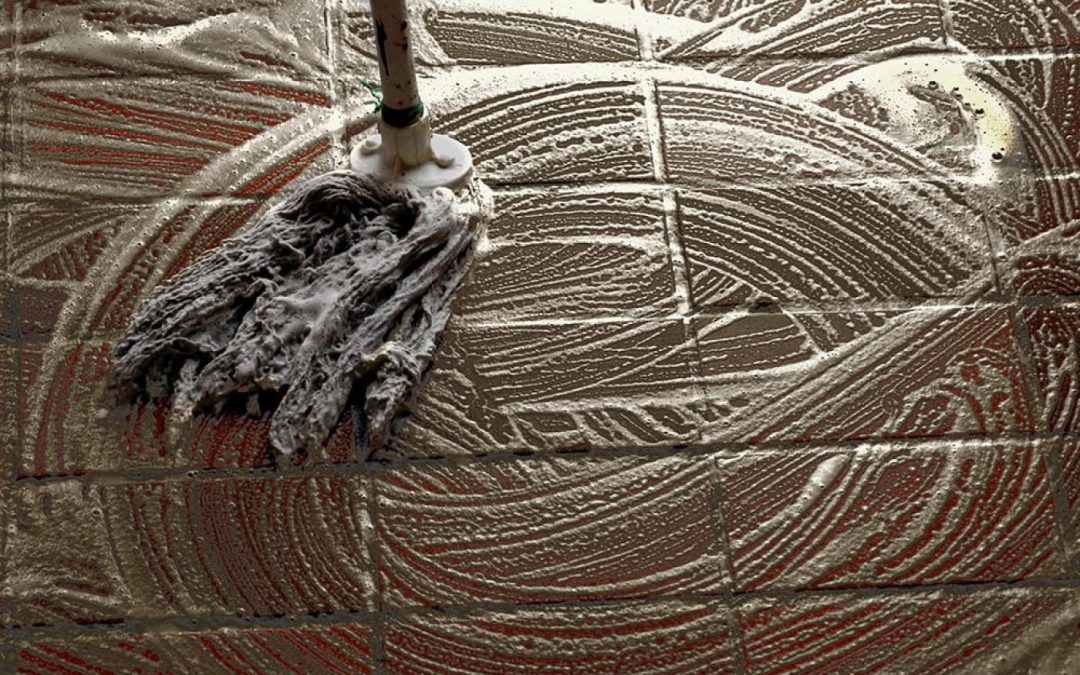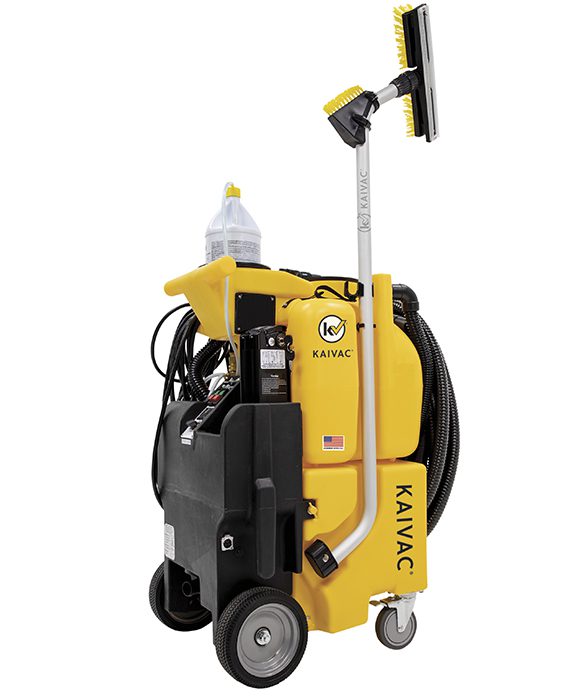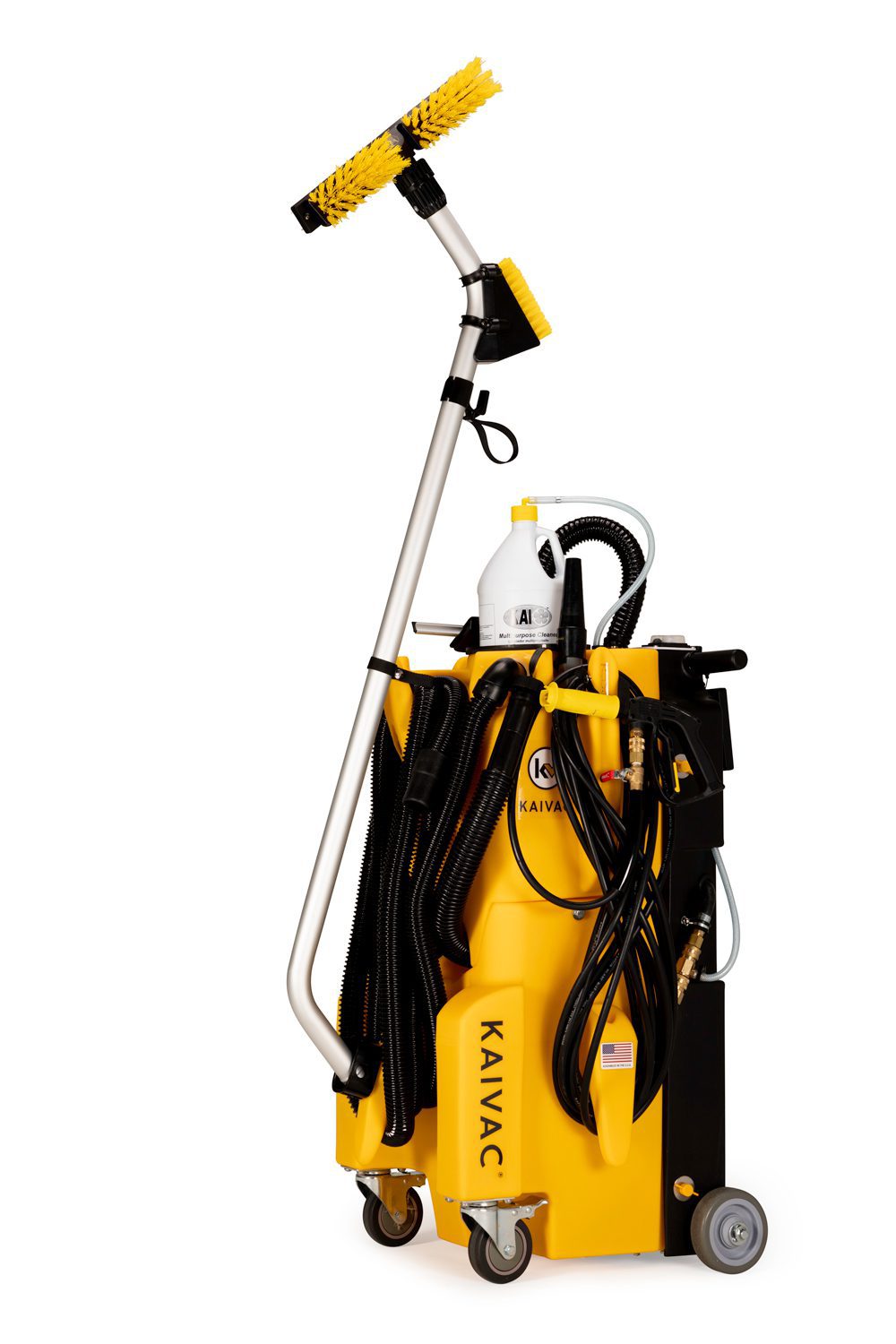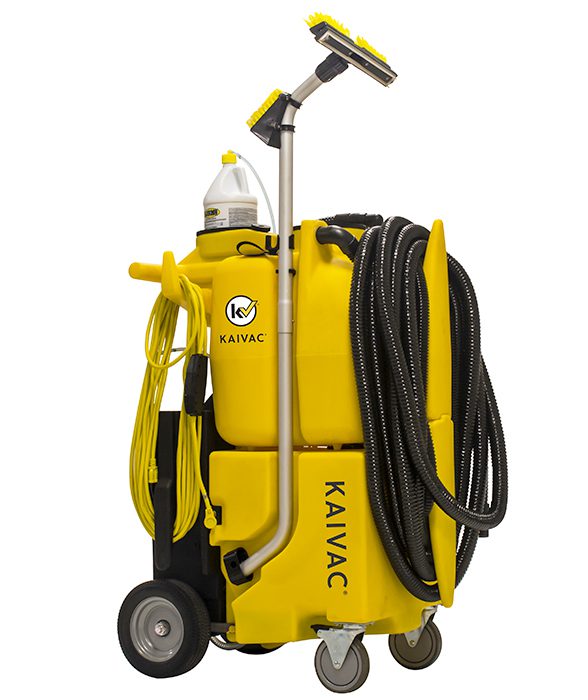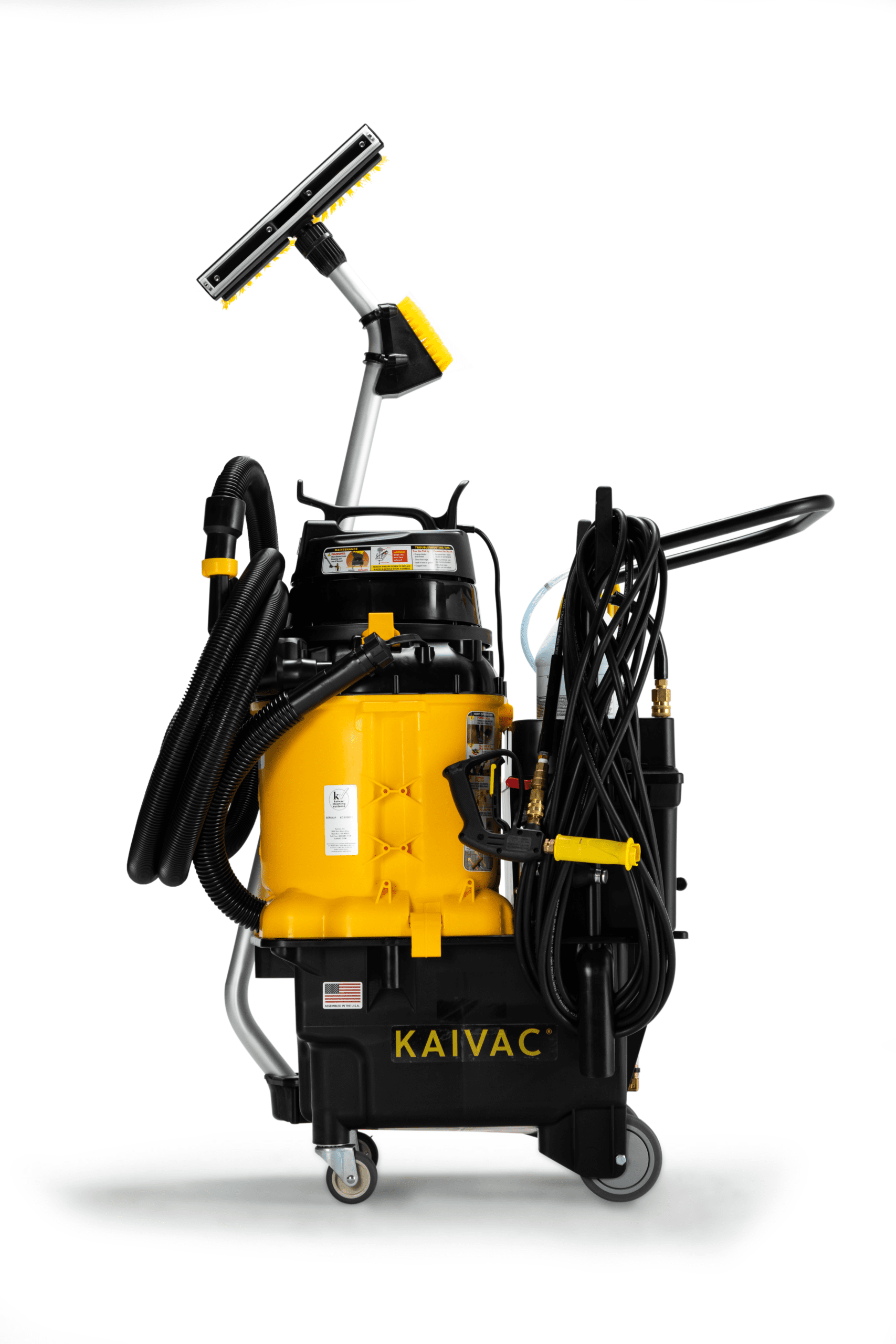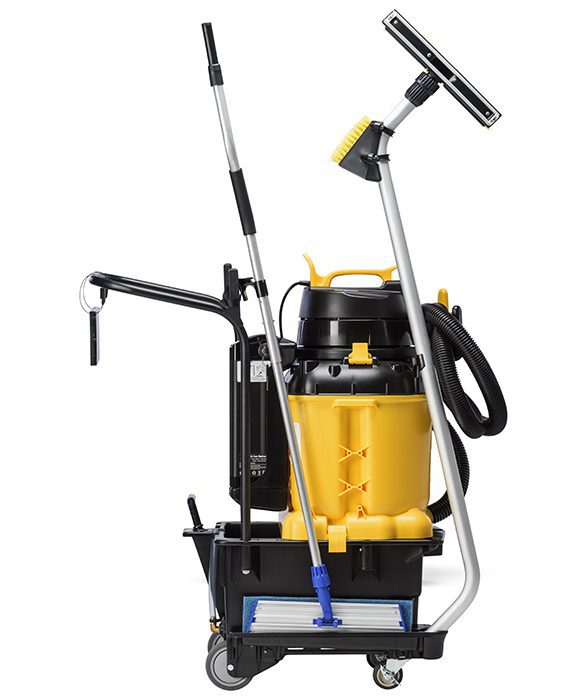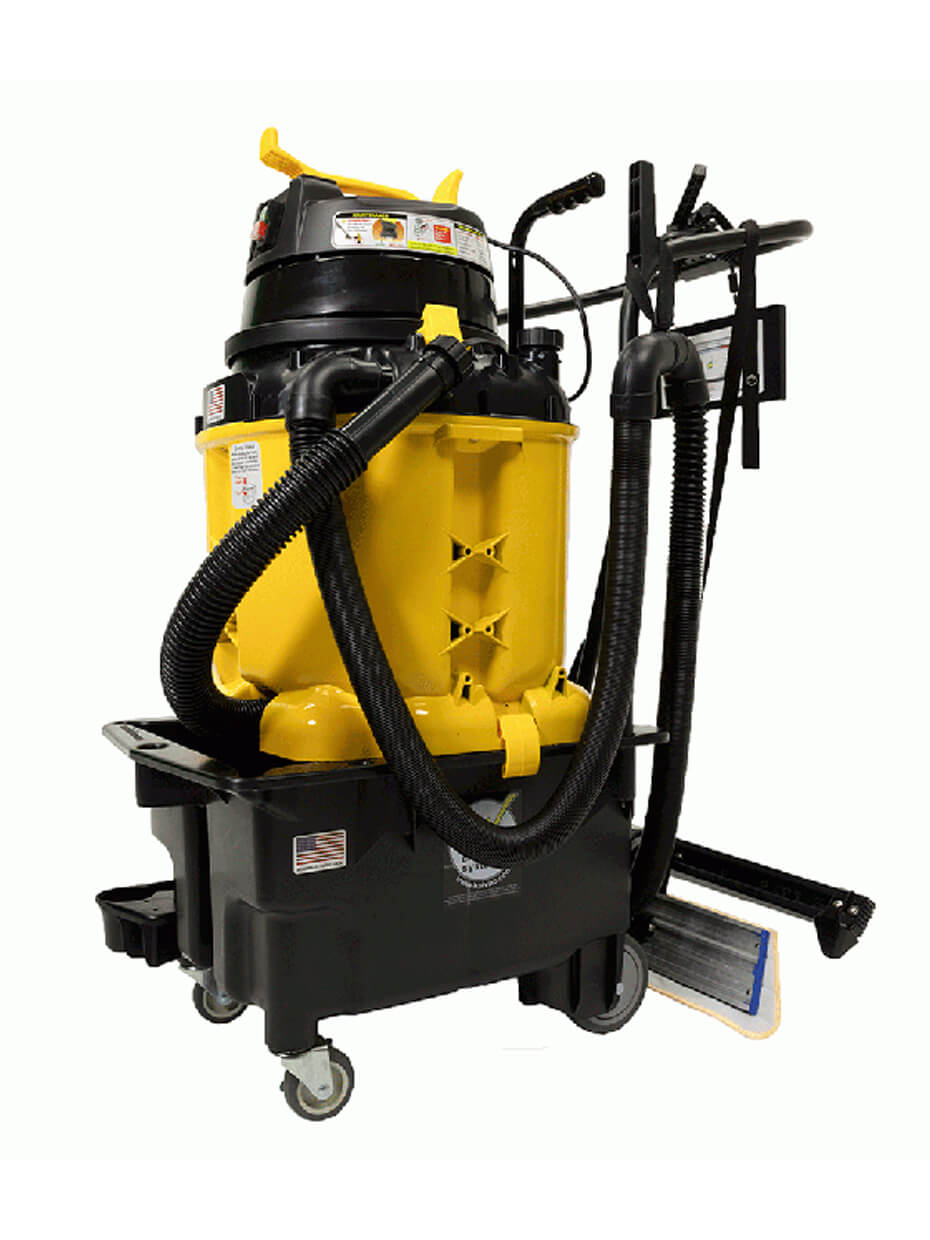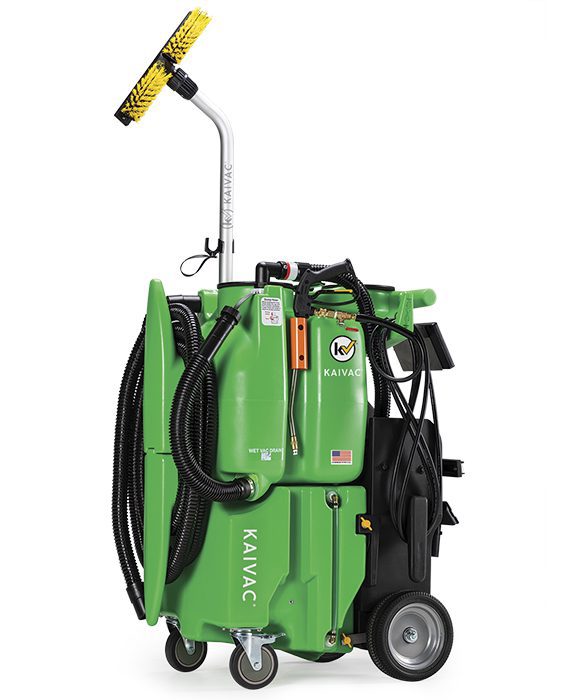Are you still grabbing a mop to clean your hard flooring? It is time to replace your mop. Sure cotton mops are familiar, inexpensive tools that require little training to use, but the advantages stop there. Mopping is actually a cumbersome, time consuming chore that doesn’t even leave floors clean. If you want to do the job right, it’s time to drop the mop for better methods.
Need more convincing? Here’s the top three reasons why you should replace your mop with a wet vacuum.
1. Mops are Dirty
Mops don’t remove soils as much as spread them around. Some studies have shown that traditional mops can leave anywhere from 30-60% of soils behind. The problem, according to an article in Corrections.com is that the mop and bucket become soiled as soon as mopping begins and gets progressively worse as cleaning progresses, no matter how many buckets are used.
A wet vacuum, on the other hand, actually removes 99% of soils, leaving the floor clean and free from the risk of cross contamination. The technology even does a superior job of cleaning all kinds of hard floors including uneven surfaces and grout lines between tiles.
2. Mops are Slow
Mopping is hard work. Cleaning staff must use two hands and a lot of physical force to manually swab a surface. Combine that with the required dipping and wringing and mopping becomes a slow, inefficient approach to floor maintenance, particularly if you have a lot of square footage to cover.
Consider a wet vacuum to increase speed and ease of use. Three to four times faster than a mop, some wet vacuums can cover over 20,000 square feet an hour. There’s no dipping, wringing or stopping work to change dirty water and they don’t require substantial manual force to operate.
3. Mops are Wet
You’re probably thinking, “well, duh!” but wet mops leave wet floors, and wet floors present a slip-and-fall hazard to staff and customers alike. Consider that the average cost to business from these kinds of accidents is $22,800 per incident, according to the Liberty Mutual Workplace Safety Index and a wet floor no longer feels inconsequential. Wet floors also boost the potential for mold and mildew to take hold, especially in grout lines and around floor drains.
A Kaivac wet vacuum system will let you replace your mop with cleaning machines that dry as you go, leaving floors instantly clean, safe and ready to walk on. Explore to learn more about our innovative Univac and Dispense-and-Vac systems.
